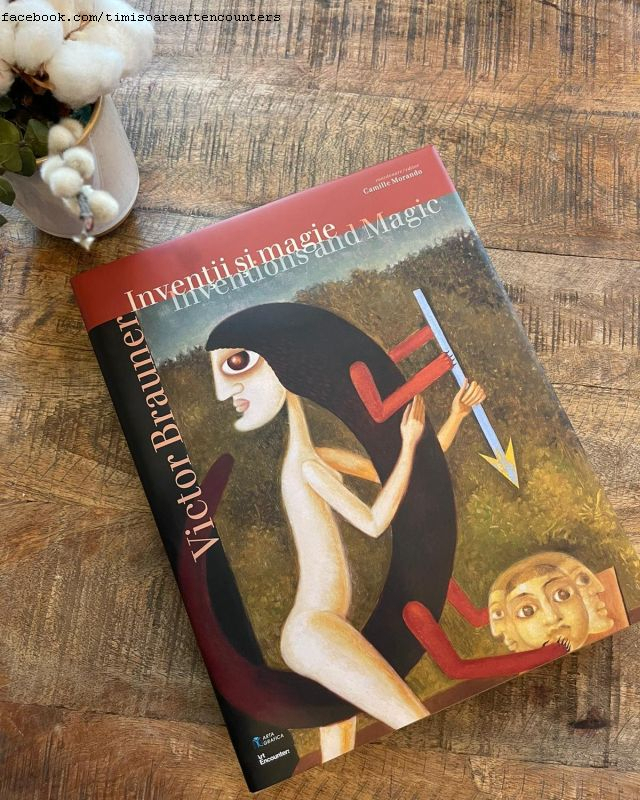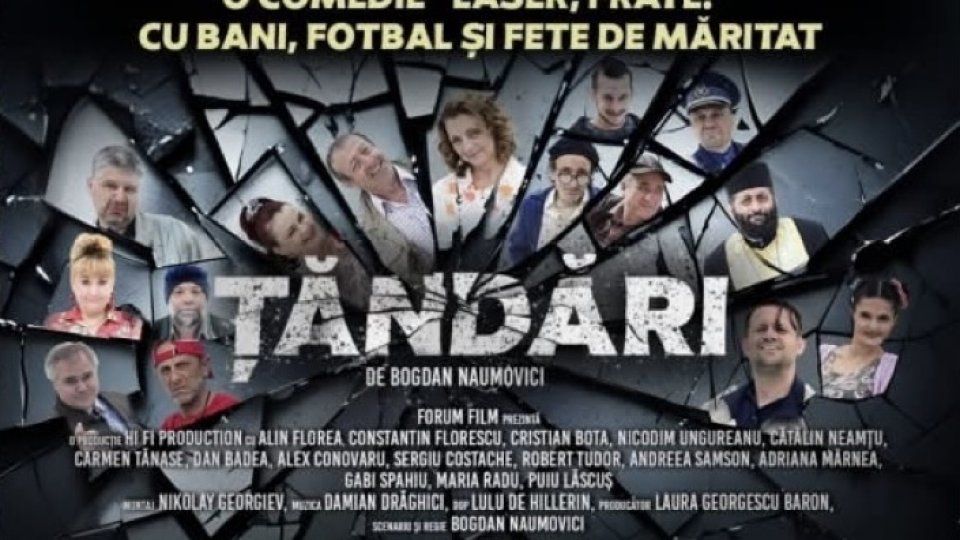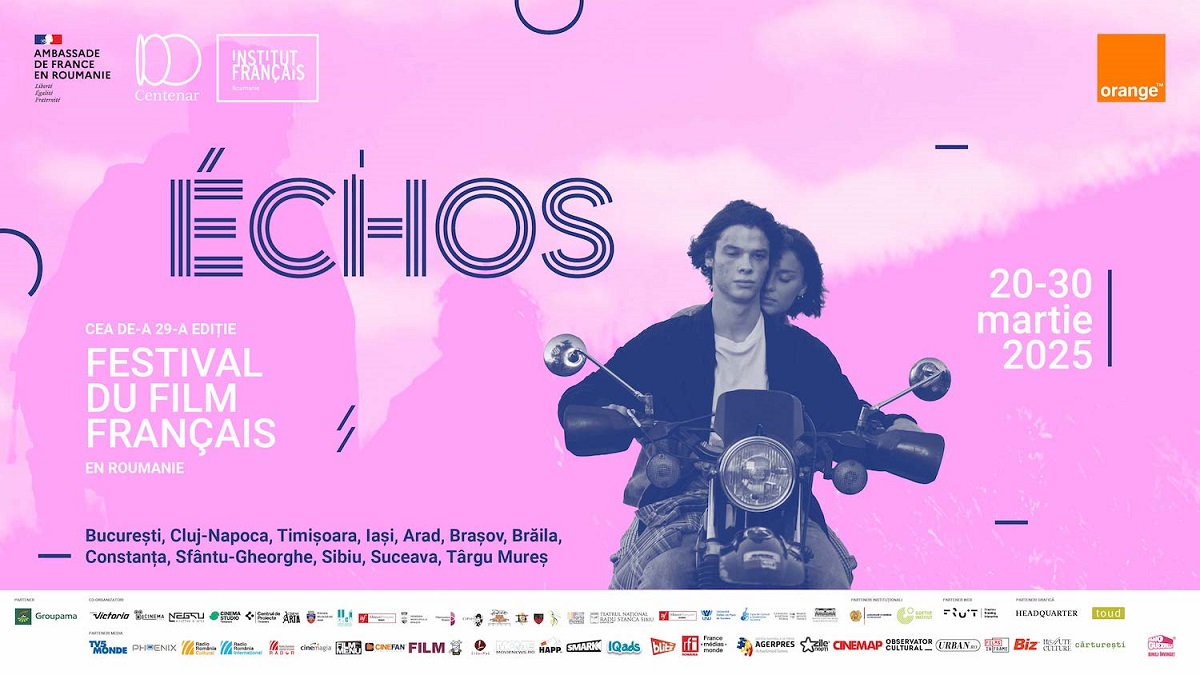The Romanian-French cultural season in Timișoara
As European Capital of Culture, Timișoara plays host to two major exhibitions dedicated to two great 20th century Romanian artists.

Ion Puican, 18.02.2023, 13:16
Victor Brauner (1903-1966) and
Constantin Brâncuși (1876-1957) are the two most important Romanian cultural
and artistic figures to enjoy strong international recognition. Victor Brauner was a Surrealist painter,
sculptor and poet, while Constantin Brâncuși is widely acknowledged as the
founder of modern sculpture. Two extensive exhibitions are dedicated to these
two outstanding artists in Timișoara, the Romanian city which this year is
holding the title of European capital of culture. The first exhibition is
called Victor Brauner: Invention and magic and is held between 17th
February and 28th May, while the second, entitled Constantin
Brâncuși: Romanian sources and universal perspectives is held between 30th
September this year and 28th January next year.
We had a talk with Ovidiu Șandor,
the president of the Art Encounters Foundation, a co-organiser of the events,
about these two exhibitions and the Art Encounters Biennale, which is taking
place in Timișoara between 19th May and 16th July:
The Art Encounters Foundation is
partnering with the National Art Museum and the French Institute to take part
in the European Capital of Culture programme. It’s a very ambitious programme,
with lots of extraordinary events in all areas. As far as our foundation is
concerned, it is involved in the staging of the Victor Brauner exhibition, the
first real retrospective of this artist in his home country, where he is
unfortunately too little known, something we’re hoping to change. Many of the
works on display are on loan from the Pompidou Centre in Paris, and others are
brought over from various museums around the country. I think this exhibition
will give the public an opportunity to rediscover this Surrealist artist who is
very important internationally. A Romanian Jew, his life was marked by the
Second World War, and judging by what happens today, his life story is still
relevant. The next event is the Art Encounters Biennale, which is already in
its 5th year. This year’s special edition will be looking at the
relationship between art and technology in an exhibition organised by the Swiss
curator Adrian Notz. While the other two exhibitions are dedicated to
well-known artists, the Biennale is the kind of event that focuses on the
contribution of the young generation of artists from Romania and from eastern
Europe and of international artists whose work encapsulates today’s trends, the
way we relate to art, to technology and to everything around us. 30th
of September will see the opening of the Brâncuși exhibition, the first
retrospective dedicated to the sculptor in Romania and Central and Eastern Europe
in the last 50 years. It will bring together, to Brâncuși’s home country, his
later works on loan from museums such as the Pompidou Centre in Paris, the Tate
Modern in London and the Guggenheim Foundation in Venice, alongside some of his
early works, many of which can be found in museums across Romania, such as the
National Museum of Art in Bucharest and the National Museum on Art in Craiova.
This exhibition is also organised together with the National Museum of Art in
Timișoara and the French Institute.
Ovidiu Șandor also offered more
details about the content of the exhibition dedicated to Victor Brauner:
The Victor Brauner exhibition
will bring together many works, mostly paintings, as he was best-known as a
painter, as well as drawings. The works date from the time he lived and worked
in Romania, especially in Bucharest, in the 1920s and 30s, when he was one of
the most important artists of the avant-garde movement in the capital city, as
well as from the time he lived in France, from the 1940s until his death in the
1960s. So, the works will cover his
entire career. The exhibition also features some of his sculptures and an
interview with Victor Brauner on film. Visitors will be able to see some of his
most famous works, including his self-portrait with an injured eye, as if
foreshadowing an event that would happen in real life a few years later, when a
friend injured his eye during a bar fight. This kind of premonition is very
much in line with the Surrealist philosophy, according to which there’s a
hidden relationship between reality and unreality, between life and dream and
between fact and magic.
Ovidiu Șandor also unveiled some
of the surprises of the big Constantin Brâncuși retrospective:
The exhibition will feature a
significant number of sculptures, both early works and works he produced later.
Curated by Doina Lemny, the exhibition explores Brâncuși’s transformation from
a young artist who leaves Romania imbued with the local tradition and culture
and who arrives in Paris, where he discovers on his own an impressive
international world. The exhibition highlights the transformation undergone by
his works to reach those refined forms of universal significance. Apart from
his sculptures, visitors will be able to see a considerable amount of
photographs taken by Brâncuși, with photography being an element of his work
that is little known and appreciated in Romania. At some point, Brâncuși
discovered photography and began to take photos of his works in his studio,
spending a lot of time carefully positioning them and waiting for the right
light to take pictures of them in various positions and various combinations of
bases. In my opinion, Brâncuși teaches us in these photographs how to look at
his sculptures. The exhibition will also contain drawings by Brâncuși,
correspondence with friends from Romania, as well as videos, both footage
filmed by the artist himself and by other important artists of the day showing
Brâncuși working.





























